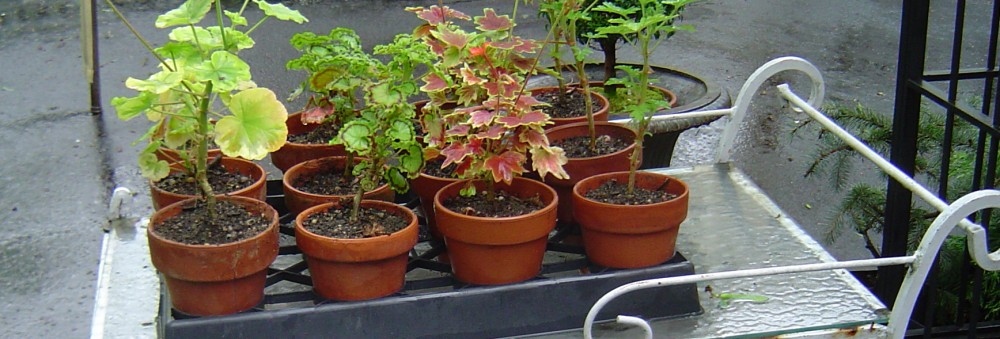Day 4 of 2022 and it is finally feeling like winter. On January 1, it was a balmy 60 degrees. Given all the ‘unprecedented’ and ‘record weather’ events, it tells me to expect more of the unexpected. And we must be prepared to pivot, remain flexible and possibly most importantly, adapt to circumstances.
Meanwhile, I’m getting on with the January garden chores. Here’s to 2022 – may we and our gardens thrive and spread goodness all around.
Things To Do In January
-
Survey the garden after every storm or snowfall. If any damage such as broken branches or torn off protection has occurred, try to fix it as soon as possible. Likewise, large icicles hanging from roof edges pose a threat to plants below: shield the plants if the icicles cannot be removed.
-
Take down holiday decorations. Before disposing off the Christmas tree, cut branches to spread as mulch on flower beds.
-
Keep bird feeders full. Whenever possible, keep water available for the birds.
-
Inspect stored tubers, corms and bulbs for signs of mold and rot. Get rid of any that don’t look healthy.
-
This is a good time to examine the ‘bones’ of the garden. Make notes of what needs developing, changing or improving.
-
Make icy paths safe by sprinkling sand or grit. Avoid toxic de-icing products.
-
If ground is wet/soggy, take care to protect the sodden areas by not walking on it too much. Better yet, protect it by putting down a temporary path of wood planks.
-
Take an inventory of garden tools. Get them repaired, replaced or sharpened.
-
Gather up seed and plant catalogs. Start planning for the coming season.
-
Begin forcing the bulbs kept cool since late fall. Time to start an indoor spring!
-
Keep an eye on indoor plants ( in the house or greenhouse). Inspect carefully for signs of pests or disease. Act right away if either is detected. Organic practices only please.
-
Still on indoor plants: water as needed, rotate for uniform light exposure, fertilize every two to four weeks. Remove dead or yellowing leaves.
-
Enjoy the respite offered by this cold month.
Note: I have a painting in a global show online. Please do take look – it’s on Human Rights and there are some powerful works.The exhibition duration is from December 19 2021 till January 23, 2021.
If you like my work, do ‘like’ it and leave a comment. And spread the word to others! I’d love for a gallery to take note and give me the opportunity to exhibit the whole series. Your help in publicizing is much appreciated – Thank you!
Here’s what’s doing in and out of my garden –
(c) 2022 Shobha Vanchiswar
[do_widget “Blog Subscriptions (Jetpack)”]











































































































